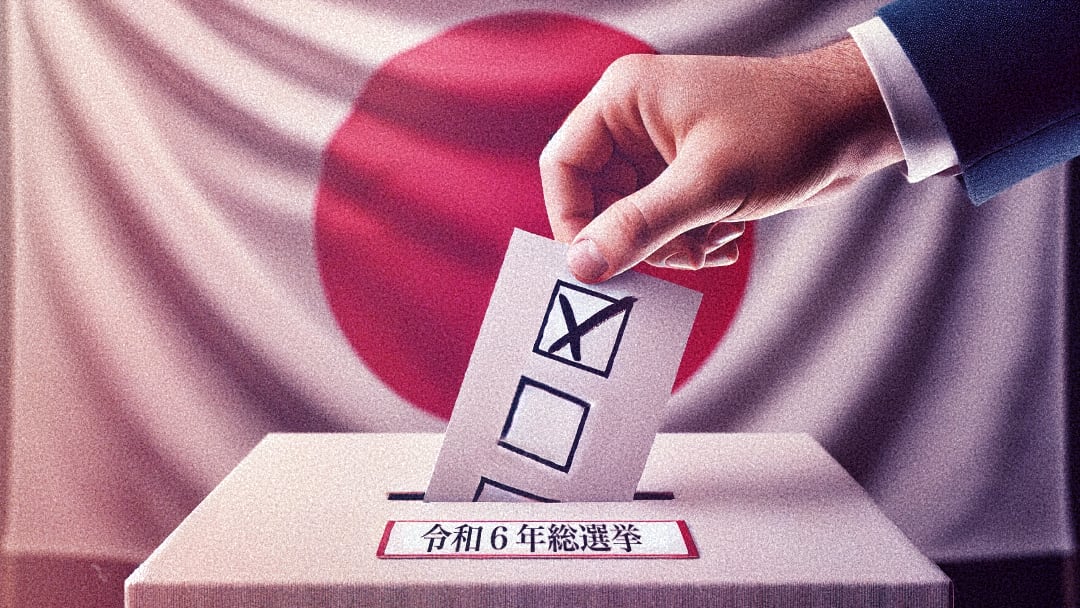With new Liberal Democratic Party leader Ishiba Shigeru being sworn in as Prime Minister and announcing his new Cabinet on October 1st, attention will now turn to the country’s upcoming general election – which Ishiba has confirmed he intends to hold on Sunday, October 27th. This will be the first general election in the country since October 2021, when Fumio Kishida called a snap election shortly after taking over as leader.
Although the date for the election has been decided, the Diet will continue its Extraordinary Session (an extra, shorter legislative session which usually runs towards the end of the year, and was opened today to formally elect Ishiba as Prime Minister) until October 9th, when the Diet will be dissolved ahead of the official start of election campaigning on October 15th. During this truncated Diet session, Ishiba will make his first general policy speech on October 4th, and will face his opposition counterparts for a leaders’ questions session on October 7th. All campaign activity must cease by midnight on October 26th, with any form of campaigning being strictly forbidden on election day, October 27th.
The Issues
This will be the first national election since support for the LDP was rocked by a series of high-profile scandals and issues, most notably the party’s ties to the Unification Church, and the involvement of many of its members and prominent factions in a “slush fund” scandal over kick-backs and under-reported political funds. Nonetheless, the party is not generally considered to be at risk of losing power, and LDP lawmakers will be hoping that Ishiba’s public image as a principled and honest politician will help the party to move on from its scandals and prevent it from losing too many seats in the election.
While much of the election is likely to be fought over scandals and public trust, most voters are also concerned with day-to-day issues – sharply rising consumer prices, shortages of staple foods like rice, and security concerns over regional tensions are all likely to come up repeatedly in the campaign.
The Electoral System
All 465 seats in the House of Representatives will be up for election, with 289 of the seats being elected in single-member districts (SMDs) through a first-past-the-post system. The remaining 176 seats are elected by proportional representation in 11 large regional constituencies.
At the polling station, voters receive two ballots, one for their local SMD (in which they vote for a single candidate), and one for their PR constituency (in which they vote for a party). This means that it’s possible for them to split their ballot if they wish – voting for one party’s candidate in their local district, but voting for a different party in the PR district.
It’s not uncommon for candidates in SMDs to also be included on their party’s PR list, allowing them to be “resurrected” in a PR seat even if they lose their SMD seat, assuming the party itself receives enough votes to allow this.
The Campaigns
Campaigns for general elections in Japan are unusually short, with candidates given less than two weeks to make their case to the voters. Campaigns for the Upper House (the House of Councilors) are slightly longer, ostensibly because the constituencies are larger and therefore candidates need more time to canvas all the various areas, but Lower House campaigns are only 12 days long. Of course, parties and candidates do try to reach out to voters before the official campaigns start, but this short timeframe, combined with the Japanese Prime Minister’s broad power to call a snap election whenever they wish, has often left opposition parties with insufficient time to prepare a proper campaign. There’s no such excuse for the opposition on this occasion, as the likelihood of an October or November election has been widely telegraphed for almost a year.
Once the campaign commences, candidates’ activities are heavily restricted by a stringent set of electoral regulations that define what they may do right down to the minutiae of what size their posters may be, how many cars can be used by the campaign, and how many people may speak at a campaign event. Political advertising in the media is strictly controlled, and until as recently as 2013, candidates were forbidden to use the Internet for campaigning.
Visitors to Japan during campaign season often question the stream of sound-trucks that crawl around urban areas from morning to evening intoning candidate and party names from their loudspeakers, but this is one of the very few public, high-profile campaign activities that candidates are actually permitted to do. Reinforcing candidates’ names in voters’ minds is a surprisingly important task for campaigns, because Japanese ballot forms require voters to write in the name of their preferred candidate, not just to tick a box next to them.
The Results
Counting of votes in Japanese elections is generally done very quickly, and most results will likely be announced on the evening of October 27th, with only a few seats requiring recounts or other special measures being left to announce on October 28th.
Rob Fahey is the CTO of VETA K.K., a Tokyo-based data science and survey technology startup, and an Adjunct Researcher at the Waseda University Institute for Advanced Study (WIAS). He formerly held academic roles including Assistant Professor at WIAS, Adjunct Professor at Aoyama Gakuin University's School of International Politics, Economics, and Communication, Visiting Professor at the University of Milan's School of Social and Political Sciences, and Research Associate at the Waseda Institute for Political Economy (WINPEC). He received his Ph.D from Waseda University.































